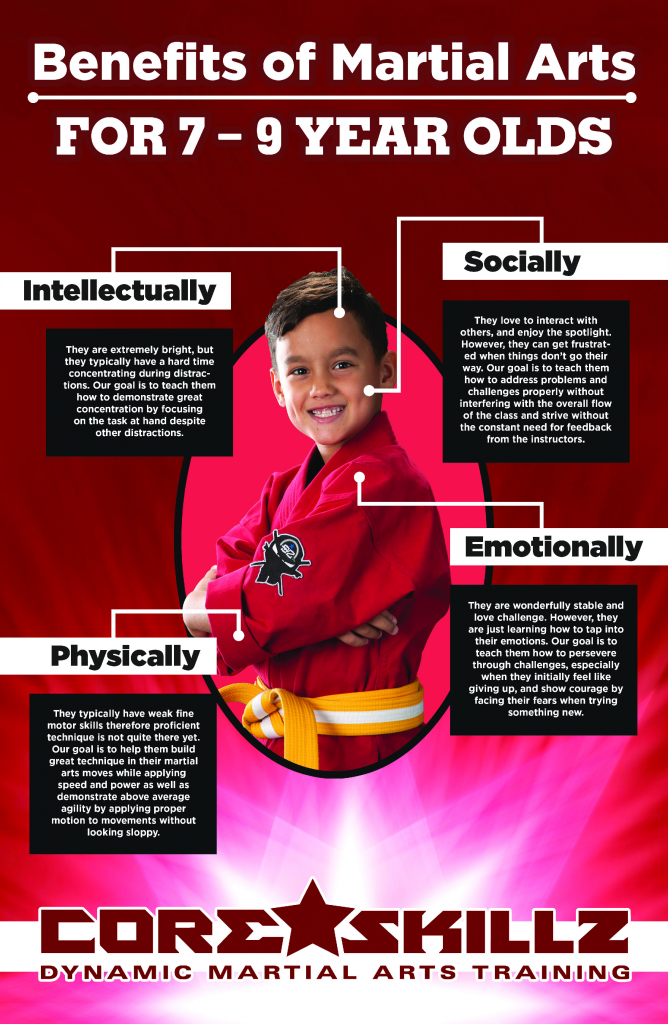Come Explore The Fascinating Globe Of Martial Arts, Where Old Traditions Satisfy Contemporary Efficiency - A Journey Into History And Viewpoint Waits For.
Come Explore The Fascinating Globe Of Martial Arts, Where Old Traditions Satisfy Contemporary Efficiency - A Journey Into History And Viewpoint Waits For.
Blog Article
Content Author-Ryberg Friedman
Enter the ancient world where martial arts were substantiated of necessity in varied areas. Societies crafted special battling styles intertwined with historical contexts. https://martial-arts-for-kids-lic21875.onzeblog.com/26530194/finding-harmony-the-transformative-influence-of-martial-arts-educating evolved over centuries through devoted practice and social exchanges. Today, modern martial arts blend standard elements for maximum effectiveness. Philosophically, martial arts highlight discipline, self-improvement, and harmony. Respect, humbleness, and equilibrium are foundational concepts assisting professionals towards development and durability. Explore the midsts of this rich history and philosophy to uncover the profound influences forming this enduring technique.
Beginnings of Fighting Style
Martial arts originated in numerous regions worldwide, advancing as practical combat systems to defend against hazards. These ancient fighting styles were created out of necessity, with each society crafting techniques fit to their unique settings and obstacles. From the grappling arts of Jujutsu in Japan to the striking strategies of Martial art in China, martial arts were deeply linked with the historical, social, and cultural fabric of their respective cultures.
In Japan, the samurai class refined martial arts like Kenjutsu, the art of the sword, which later on progressed into the much more promoted kind of Kendo. At the same time, in Brazil, Capoeira emerged as a blend of dance and combat, created by enslaved Africans as a way to resist fascism. Each fighting style lugs with it an abundant background and approach, mirroring the worths and ideas of individuals that exercised them.
As you delve into the beginnings of martial arts, you discover a tapestry of human resourcefulness, resilience, and the unyielding spirit of warriors throughout time.
Advancement of Strategies
With centuries of method and improvement, combat strategies within various martial arts have actually undertaken a profound advancement. From ancient styles like Kung Fu and Karate to much more modern-day self-controls such as Brazilian Jiu-Jitsu and Krav Maga, the development of techniques has been driven by a mix of social influences, practical applications, and technical advancements.
One significant aspect of this development is the cross-pollination of strategies between different martial arts. For instance, techniques from conventional Japanese Jiu-Jitsu were integrated right into the creation of Judo by Jigoro Kano in the late 19th century. This blending of designs has actually resulted in the development of crossbreed martial arts like Mixed Martial Arts (MIXED MARTIAL ARTS), which combine aspects of striking, grappling, and entry techniques.
Additionally, the evolution of methods has been formed by the raising focus on performance and efficiency in battle. Specialists have actually continually looked for to refine their methods through strenuous training, trial and error, and competition, resulting in the development of very specialized and efficient fighting styles. On https://bestmartialartsforbeginne76420.madmouseblog.com/6963052/improve-your-capabilities-to-protect-yourself-by-examining-how-protection-has-actually-evolved-in-pop-culture , the development of methods in martial arts reflects the vibrant nature of combat and the ongoing quest for renovation and technology.
Philosophical Foundations
Checking out the underlying philosophical principles of martial arts gives insight into their core worths and guiding beliefs. At the heart of numerous martial arts disciplines is the concept of technique itself. By training your body and mind to serve as one natural device, you cultivate technique that extends beyond the dojo or fitness center into day-to-day life. This discipline incorporates respect, humility, and self-constraint, forming not just your physical abilities but likewise your character.
An additional fundamental philosophical structure in martial arts is the idea of continuous self-improvement. The journey of understanding a martial art is endless, with experts frequently aiming to far better themselves, both physically and mentally. Recommended Web page on growth fosters resilience, willpower, and a growth way of thinking that can be related to all aspects of life.
Moreover, martial arts emphasize the value of harmony and balance. Techniques are designed to use an opponent's power against them, highlighting the concept of yielding and redirecting pressure as opposed to fulfilling it head-on. This ideology reaches social relationships, promoting peaceful resolutions and good understanding. By welcoming these philosophical structures, martial artists not only improve their battle skills but also grow a lifestyle centered on personal development, respect, and consistency.
Conclusion
In conclusion, the history and philosophy of martial arts use an abundant tapestry of practice, discipline, and self-improvement.
Take for instance the tale of Bruce Lee, who reinvented martial arts by blending different designs and viewpoints to produce his very own one-of-a-kind kind of Jeet Kune Do.
Through dedication and advancement, martial musicians remain to push borders and motivate others to reach their complete capacity both in battle and in life.
